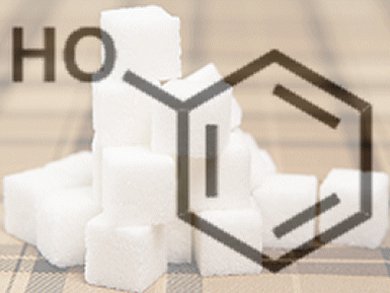Phenol is a versatile chemical used for the production of numerous industrially important compounds and is currently produced from fossil resources. Its production from renewable resources has been limited due to its high toxicity to those microorganisms that are usually used for the sustainable production of fossil compounds.
Sang Yup Lee, Korea Advanced Insitute of Science and Technology (KAIST), Daejeon, Republic of Korea, and colleagues simultaneously tested 18 different Escherichia coli strains for the production of phenol from glucose by using synthetic regulatory small RNAs (sRNAs). By using sRNA, specific genes can be down-regulated and its effect on the different strains used can be analyzed. As the amino acid tyrosine is an immediate for phenol, Lee and his colleagues focused on genes associated with the production of tyrosine. However, high levels of tyrosine production does not necessarily result in good phenol production.
Among all of the engineered E. coli strains, the BL21 strain produced phenol most efficiently. By a biphasic fed-batch fermentation using glycerol tributyrate as extractant for phenol they obtained 3.79 g/L and 0.18 g/L/h. This is the highest titer ever achieved.
- Metabolic engineering of Escherichia coli for the production of phenol from glucose,
Byoungjin Kim, Hyegwon Park, Dokyun Na, Sang Yup Lee,
Biotechnol. J. 2013.
DOI: 10.1002/biot.201300263




